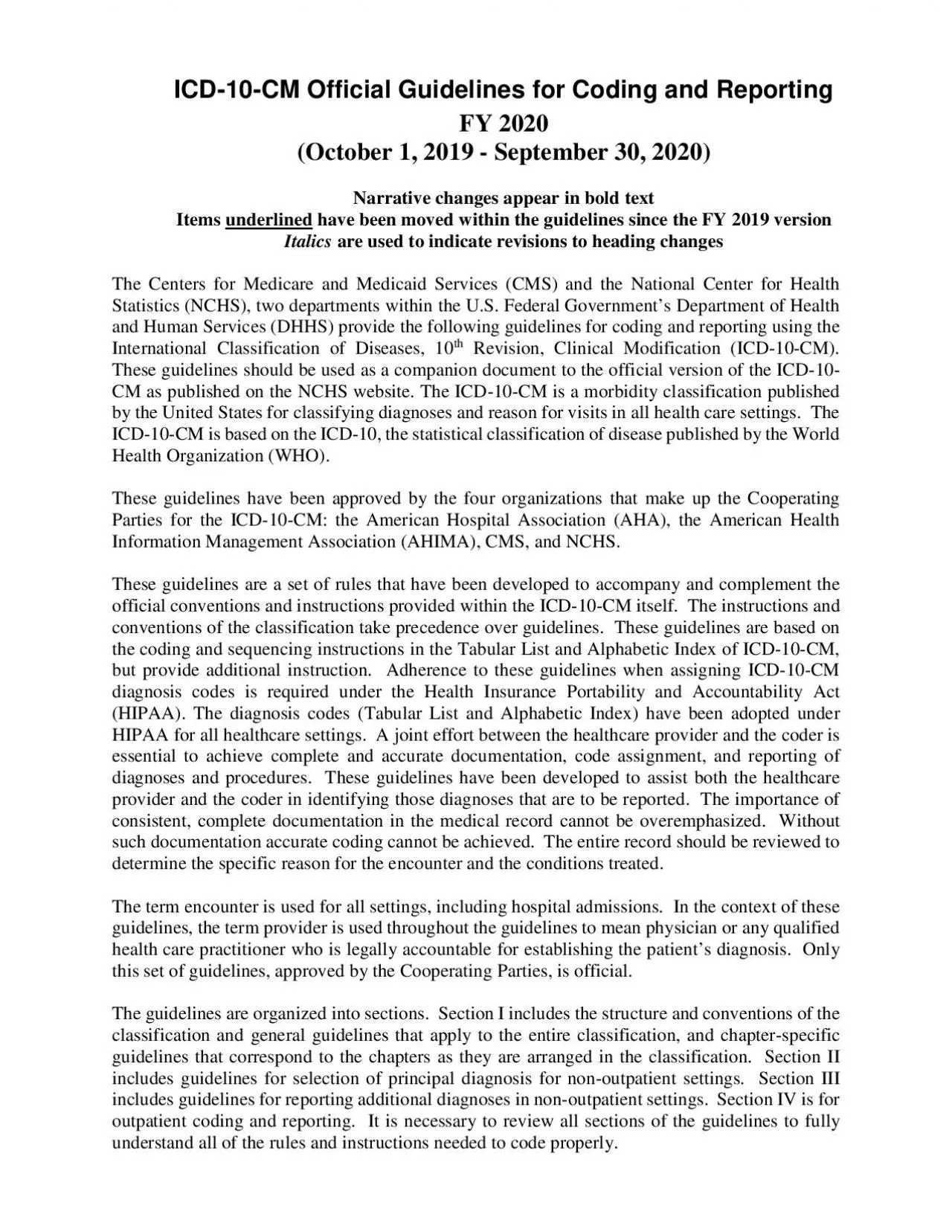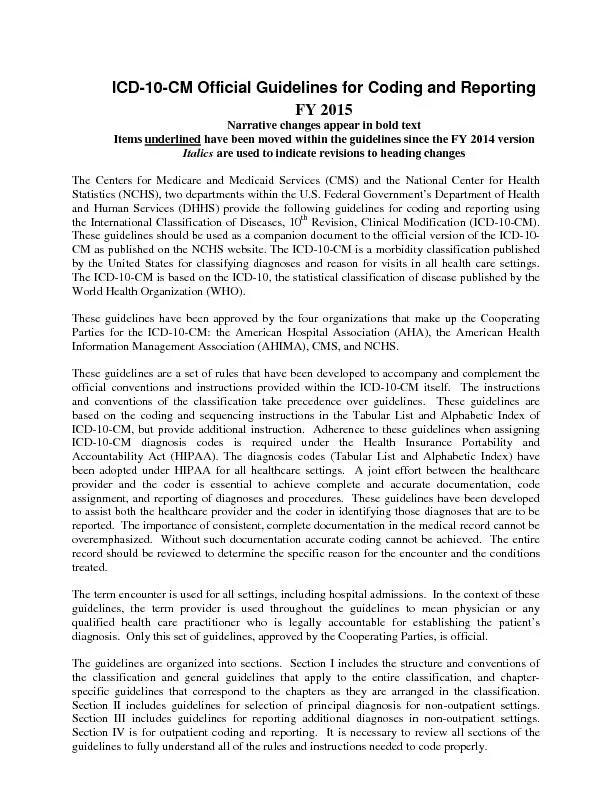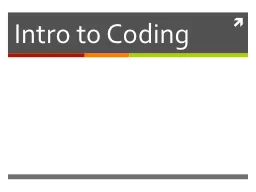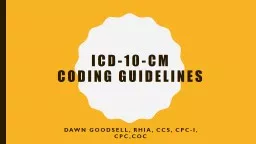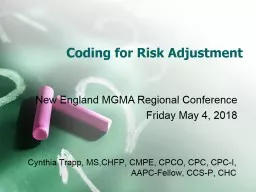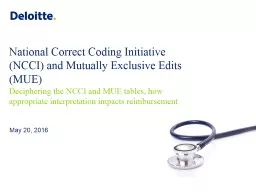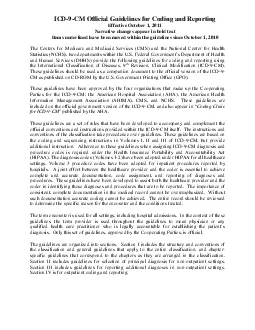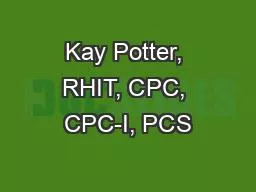PDF-CM Official Guidelines for Coding and ReportingFY October 1 201Septemb
Author : oconnor | Published Date : 2021-09-23
Items underlinedhave been moved within the guidelines since the FY versionItalicsare used to indicaterevisions to heading changesx0000x0000 ICDCM Official Guidelines
Presentation Embed Code
Download Presentation
Download Presentation The PPT/PDF document "CM Official Guidelines for Coding and Re..." is the property of its rightful owner. Permission is granted to download and print the materials on this website for personal, non-commercial use only, and to display it on your personal computer provided you do not modify the materials and that you retain all copyright notices contained in the materials. By downloading content from our website, you accept the terms of this agreement.
CM Official Guidelines for Coding and ReportingFY October 1 201Septemb: Transcript
Download Rules Of Document
"CM Official Guidelines for Coding and ReportingFY October 1 201Septemb"The content belongs to its owner. You may download and print it for personal use, without modification, and keep all copyright notices. By downloading, you agree to these terms.
Related Documents

